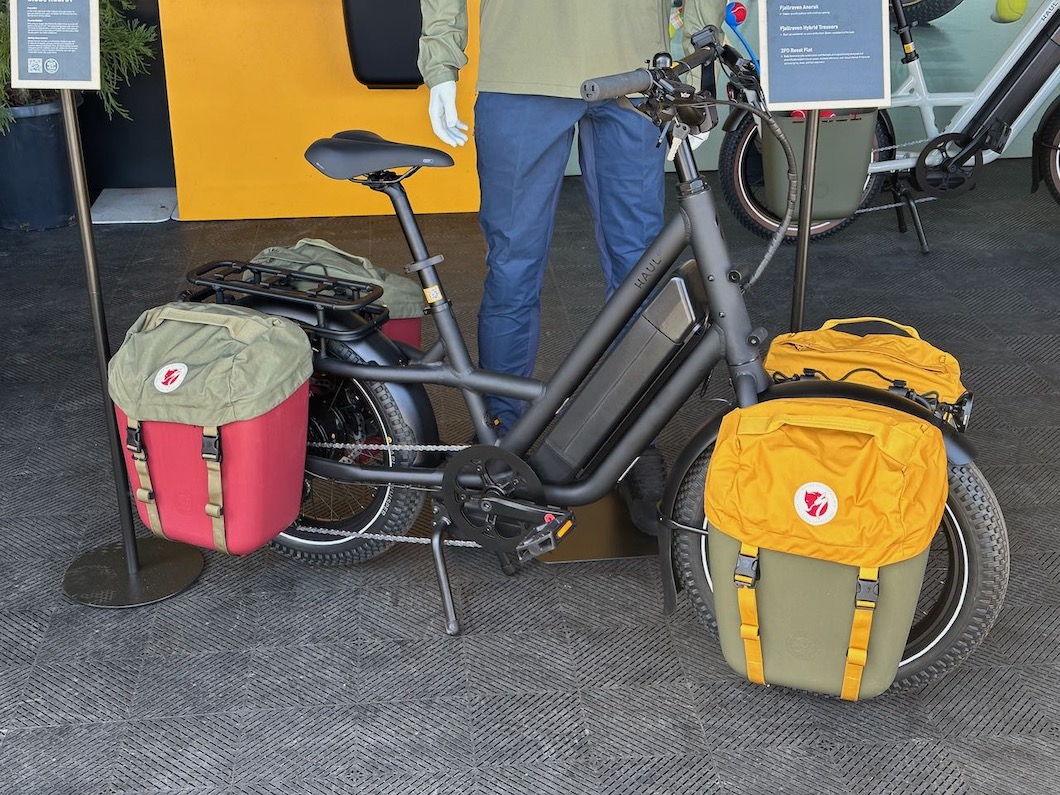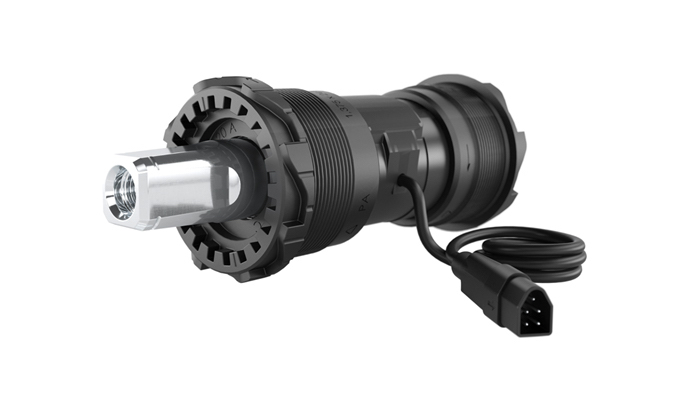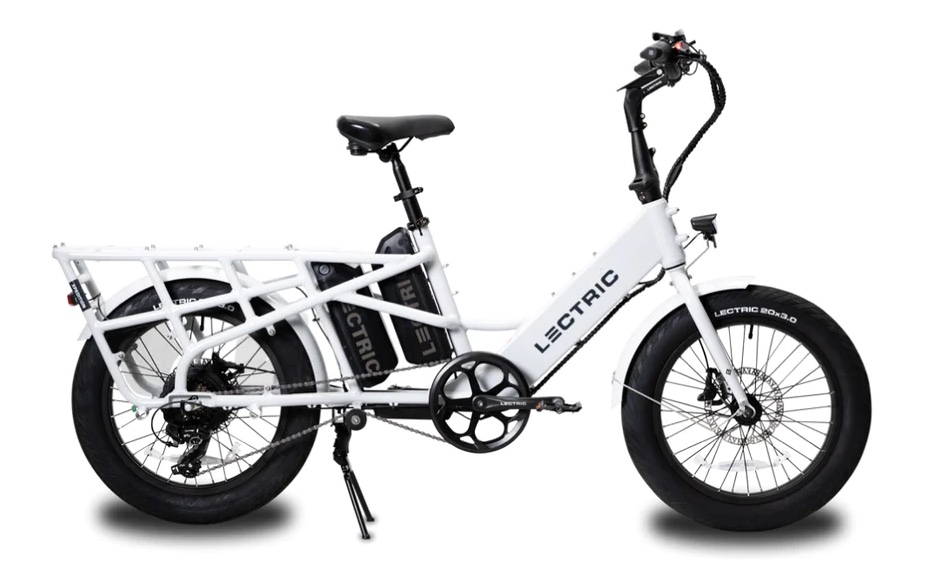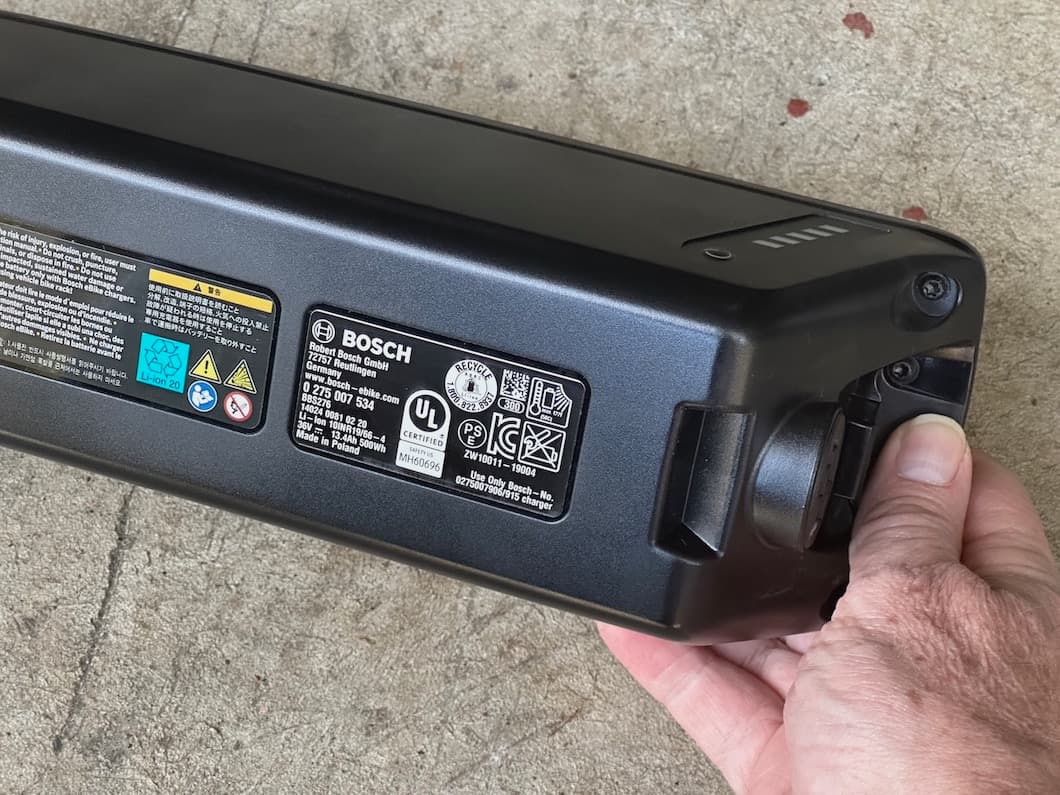
At the risk of making e-bikes sound like Paris fashion, the e-bike market has grown and matured in so many different ways that the e-bike world has grown to resemble the market for vehicles more than it does the market for vacuum cleaners. E-bike styles and functionality—and price points—have exploded. Whether someone is looking at the e-bike equivalent of a sports car or an SUV, there are lots of choices.
What follows is our wish list of trends that the collective staff of Best Electric Bikes would like to see increase this year. Shoppers for e-bikes can find examples of e-bikes with these features, which is terrific, but we know that as new e-bikes are brought to market with these features, pricing comes down and in the quest to gain a competitive edge, manufacturers will introduce increasingly creative solutions.
Are these pipe dreams? Not in the least. As we mentioned, each one of these features we’d like to see grow in acceptance is already out there.
What we need more of
More cargo and utility e-bikes. We’ve already pronounced 2023 the year of the cargo e-bike. Specialized, one of the biggest bike companies in the world released their first cargo e-bike earlier this year. Lectric eBikes also introduced their first cargo e-bike recently. Whether the cargo is packages, pizzas or people, cargo and utility e-bikes provide a better solution as a daily driver for those who want to use their car less. Not only are utility and cargo e-bikes designed to carry loads, they are designed to handle better than other e-bikes when loaded. They also tend to offer a greater range of accessories to customize the e-bike to the rider’s needs.

More torque sensors. The majority of e-bikes spec’d with hub motors use cadence sensors to tell the motor when to start and stop. Torque sensors operate differently; they measure how much force the rider is putting into the pedals. The controller then tells the motor to respond in proportion to the rider’s effort. This means the e-bike’s motor delivers power the instant the rider starts pedaling and as the rider increases or decreases their effort, the torque sensor tells the motor to adjust its output accordingly. This isn’t to say we want torque sensors to replace cadence sensors; both have their place. We think consumers would be served by having more options among e-bikes in the sub-$2000 range.
More quality, higher value. We’re impressed that manufacturers have brought to market e-bikes that retail for less than $1000 that we are willing to recommend. We had our doubts that someone could produce an $800 or $900 e-bike that would meet our standards for safety and performance, but there is no denying they are out there. That said, continuing to chase ever-lower prices is a losing proposition. What we would prefer to see is manufacturers take lower production costs and invest those savings in better components. Specifically, we’d like to see drivetrains upgraded from 7 speeds to 8 speeds and mechanical disc brakes replaced with hydraulic disc brakes. Components like cranksets, wheels, handlebars, stems and seatposts can be upgraded to lighter versions to help shave weight off of an e-bike.

Double battery options. Having a second battery may not seem like a big deal, but advertised range figures are optimistic. Few of us ride an e-bike in PAS 1 if we don’t need to. Things that cut down on range include: Riding in PAS 5 (or Turbo), climbing lots of hills, heavy payloads, using a throttle. Mix a couple of those together and an e-bike’s range can drop below 20 mi. Few people want to give up time by riding slower than necessary and most of us can’t change the terrain where we ride or the sorts of loads we typically ride with. The easiest answer is to ride an e-bike with a double battery setup. And while, yes, someone can purchase an additional battery, that extra battery ends up taking up room in a backpack, basket or saddle bag. An e-bike with a mount for a second battery eliminates the need to carry and swap those batteries.
More sizes. One-size-fits-all works for very few things. Spoons. One-size-fits-all doesn’t work for clothing; heck, it doesn’t even work for chairs. It doesn’t work with e-bikes. A single size might work for many riders, but it doesn’t work for everyone. Even when a company offers a step-thru frame, the reach from the saddle to the handlebar may be no different between the traditional frame and the step-thru version. When we look at the big legacy bike companies like Specialized, Trek and Giant, they make all of their e-bikes in multiple sizes. For perspective, we can point to the Specialized Turbo Levo eMTB, which comes in six sizes. Are we asking for six sizes? No, but three or even two sizes with a reach that changes in proportion to the seat tube length would help people under 5 feet 5 inches and over 6 feet 1 inch.
Displays mounted at the stem. Human beings are wired to head in the direction our head is turned. Any time a rider turns their head to look to the left to see a display mounted near the grip there is a chance that they will lean slightly left and the e-bike will begin to drift to the left. On city streets that means the possibility that a rider will find themselves in the traffic lane. Mounting the display at the stem is both safer and easier for the rider to see in a quick glance, further increasing the rider’s safety factor.

Brands pushing for UL certification of batteries. The e-bike industry has an issue in that every time some low-quality e-mobility device like a scooter or hoverboard experiences a battery fire, e-bikes get caught up in the bad press. The best way to differentiate e-bike batteries from the cheap batteries that are causing fires is to see the Consumer Product Safety Commission (CPSC) require all e-bike batteries be tested and certified by Underwriters Laboratories (UL). Such certification would do much to set the public at ease that buying an e-bike and charging it at home isn’t a fundamentally dangerous activity. No one is better positioned to lobby for this than the brands themselves. It’s in their interest to push for UL certification.
If wishes were horses
It may seem like our wish list is the product of a fertile imagination, but we haven’t invented anything from whole cloth. Every recommendation we’ve made can already be found in the market. Our purpose is to highlight some of the best ideas we’ve seen recently and—knowing that the e-bike companies pay attention to what we have to say—hopefully encourage more companies to pursue what we already believe to be terrific solutions.
Of course, having the press announce something is a good idea is nice and all, but the real test of an idea (like cargo e-bikes) can be measured in how many companies adopt that idea.


Leave a Reply